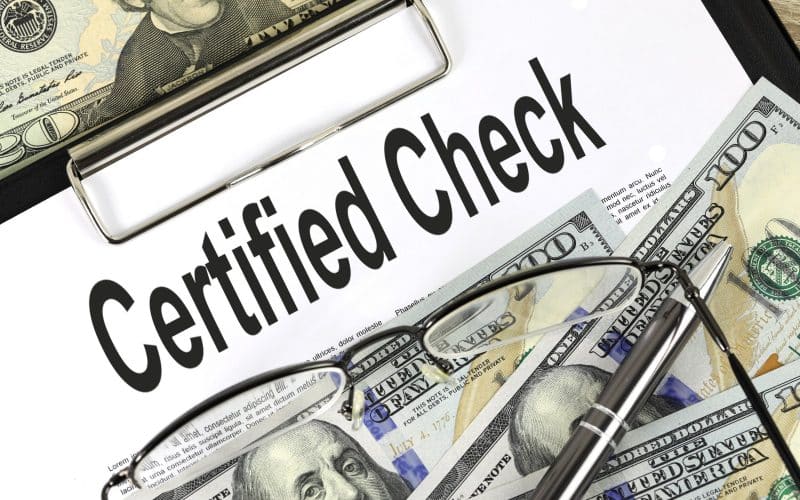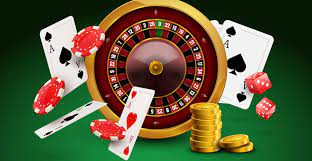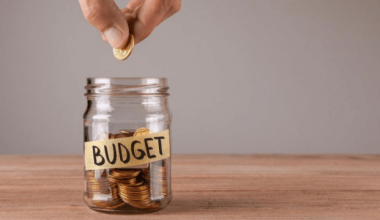Cutting a personal check won’t always suffice when you need to make a large transaction. In certain cases, you and the other individual or organization involved in your transaction may need an additional level of protection when receiving payment. This is when a bank-certified check may be required for payment as it reduces the chances of falling prey to scams.
Certified checks often help minimize risk and make transactions more convenient for all parties. They can also be a decent choice for making purchases in some circumstances where cash or a normal check isn’t secure enough.
What Are Certified Checks and How Do They Work?
In some instances, a certified check is identical to a regular personal check from a checkbook. There is however one major difference: a certified check is guaranteed by the check-bank. Writing a certified check verifies that the checking account has sufficient funds to cover the check’s value.
Because it helps ensure the availability of funds for the transaction, a certified check adds an additional layer of security that the check is legitimate and will not bounce. It also assures both the buyer and the seller that they can get what they want out of the transaction.
For the most part, certified checks are not often required for daily transactions. They’re typically needed for bigger transactions, like:
- Purchasing a vehicle from a private seller
- Putting down a deposit on a home
- Purchasing a yacht or other recreational vehicle
- Purchasing land
- Shopping for used commodities from someone you met via an online marketplace
Read Also: Certified Funds: Overview, How they Work, Examples, Real Estate Benefits
A certified check could also be a perfect fit for any large transaction in which the buyer and seller are unfamiliar with each other. It also comes in handy do not have convenient access to online transfers or other bank payment solutions like ACH or wire transfer.
Both the buyer and the seller benefit by using a certified check. Basically, the buyer gets the convenience of payment by check while still demonstrating good faith that they have the money in the bank as agreed. The seller, on the other hand, gets a guarantee that they will be paid.
Comparisons with other Check Alternatives
Although a certified check functions similarly to regular personal checks, there is an exception. And that is—after an individual writes a certified check, the bank certifies and stamps it to prove that the check is valid and that sufficient funds are available in the account. Depending on your bank and the terms of your account agreement, the bank can charge a small fee for the check. There is may be a setback though for some banks as not all banks provide certified checks. However there, are other alternatives. But you need to first, check with your local branch to see whether they can provide this service. If not check for other options, such as a cashier’s check. You need to be careful though.
Some banks find it convenient to interchangeably use the terms “certified check,” “cashier’s check,” and “official check.” In reality, they are totally different terms. Both a certified check and a cashier’s check are undeniably official checks, the parties signing them vary, as explained below. You can request a “certified check,” but instead receive a cashier’s check. Make sure you understand the terms and are aware of your choices so you can include the payment method that your customer prefers.
Certified Check vs Cashier’s Check
Some banks may only accept a cashier’s check as a safe payment option instead of a certified check. The result is the same: the bank verifies that the check has sufficient funds to cover the requested sum. A certified check, on the other hand, is written and paid by you (the person/account holder/buyer), while a cashier’s check is written and paid by the bank.
For a cashier’s check, the bank transfers the requested amount of money from the customer’s account to the bank’s account with the customer’s permission, and then writes a check on the customer’s behalf.
Some sellers choose to receive a cashier’s check because it provides them with additional assurance that they will be paid: they are receiving a check from a bank, not just from an individual. Furthermore, s ince cashier’s checks are difficult to forge, there is a lower chance of scams by using this method of payment.
How Do I Get One?
The first step in getting a certified check is to check with your bank to see if they provide this service. You’ll need to go to the nearest bank branch because the physical process requires you to write a personal check and then get it certified by the bank.
The bank will normally charge a fee for each certified check, but the amount will vary depending on your bank and your overall banking relationship. (For banks that sell cashier’s checks instead, major banks such as Chase, Bank of America, and Wells Fargo charge rates ranging from $8 to $15 per check, with additional shipping fees for online orders.) Some banks will waive the charge as part of your overall banking offer.
How to Use Certified Checks to avoid Scams
Certified checks are popular for a variety of reasons, including ensuring security, preventing scams, and avoiding a bounce for large transactions. However, there are a few things to watch out for when using certified checks to avoid scams.
When you’re a recipient of a certified check, contact the bank as soon as possible. Use any phone number for the bank that is written on the check. If the check is a fake, so would the phone number. Alternatively, you can look up the bank on the internet.
Request that the account holder’s name and check number be checked by the bank.
Counterfeiters are getting better at printing official-looking bank logos and making visually convincing counterfeit checks. While a certified check is generally safer than a regular personal check, you should take extra precautions to ensure that the check is valid before releasing the purchased products.
Why Are Certified Checks Important?
Tons of individuals have abandoned the use of traditional personal checks now that there are so many different online payment options available. For example, if you’re selling a used car for a large sum of money—or if you’re transacting with someone you’ve only met online—you would choose to be charged via an online payment app so you can get your money right away.
There is however a limitation with using online payment methods. It has to do with the amount you can transact a day.
A certified check, on the other hand, may be a good choice to cover both sides of a transaction if the transaction hits the daily cap of an online payment app. You can also evade the dangers of carrying cash or paying a credit card transaction fee.
How Do I Get a Certified Check?
A bank or credit union is a good place to buy a certified check. Any bank can give you a certified check, but it will probably be easier if you go to a bank where you already have an account. To get a certified check, you have to go to a physical branch.
How Much Does It Cost for a Certified Check?
The cost of a certified check. A certified check is more expensive than alternative payment choices. Expect to pay between $15 and $20. Certified checks are not only more expensive, but they are also difficult to find in a bank.
What Is the Difference Between a Certified Check and a Bank Check?
A bank check, like a personal check, is drawn from the signatory’s checking account. However, with certified checks, the bank first confirms that the account holder has sufficient funds in their account to pay the check.
Can Anyone Cash a Certified Check?
The check cannot be cashed by anybody other than the designated payee, and settlement is usually faster than with a personal check.






